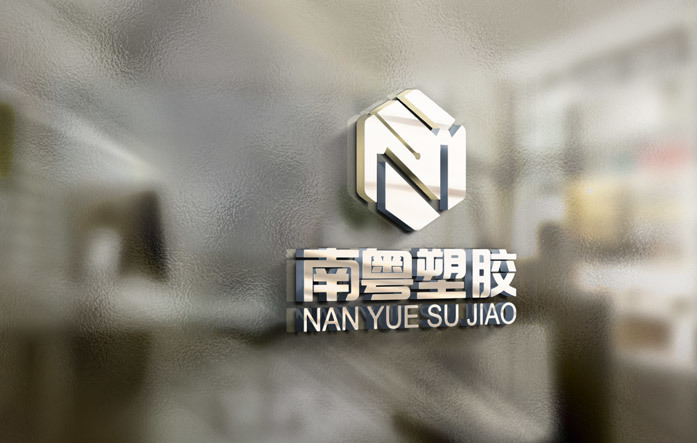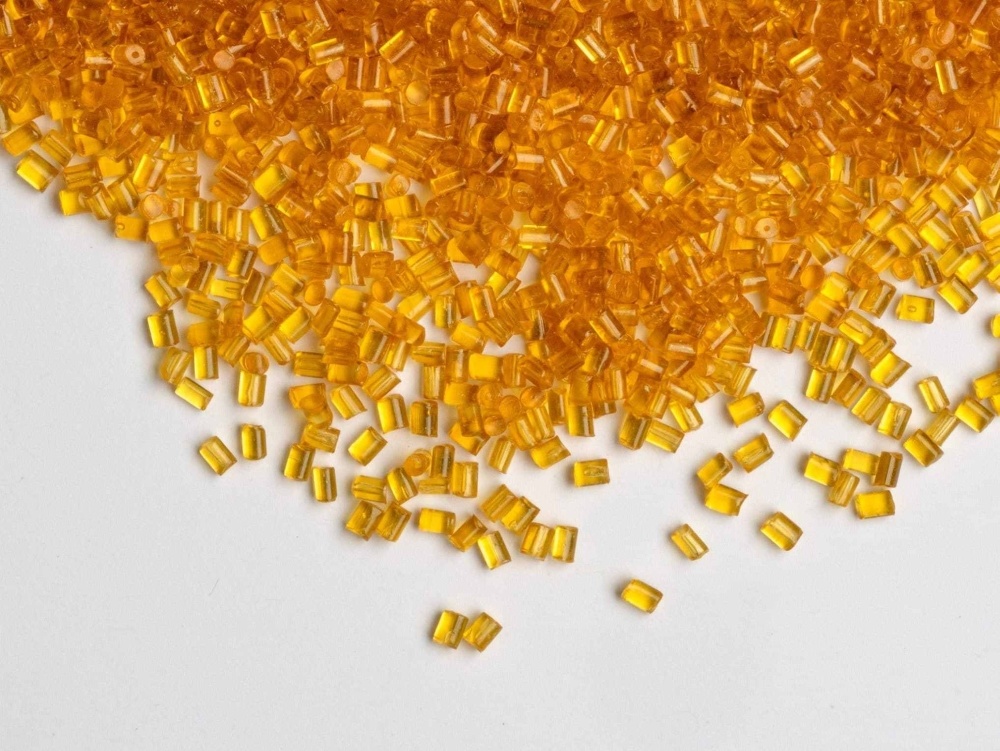-

About Us
Nanyue Plastics Raw Materials Co., Ltd., Dongguan, with its sales center located at 7L Chuangye Hui, Hongye North Road, Tangxia Town, Dongguan. The company mainly deals in special engineering plastics such as PEEK, PEI, PPSU, PSU, PES; and engineering plastics such as LCP, PPS, PA46, PA6T, PA9T, PPA, COC, POM, etc.
-

Product
Nanyu Plastics Raw Materials Co., Ltd., Dongguan, with its sales center located at 7L Chuangye Hui, Hongye North Road, Tangxia Town, Dongguan. The company mainly deals in special engineering plastics such as PEEK, PEI, PPSU, PSU, PES; and engineering plastics such as LCP, PPS, PA46, PA6T, PA9T, PPA, COC, POM, etc.
-

Application
Products are widely used in aerospace, military, medical, electronics, communications, connectors, e-cigarettes, automotive, AI robots and other industries. The company has been deeply involved in the plastics industry for 17 years, providing one-stop services from raw materials to mold opening and injection molding. Adhering to customer-centricity, enhancing competitiveness, and contributing to industry development.
-

Customer Case
Nanyu Plastics Raw Materials Co., Ltd., Dongguan, with its sales center located at 7L Chuangye Hui, Hongye North Road, Tangxia Town, Dongguan. The company mainly deals in special engineering plastics such as PEEK, PEI, PPSU, PSU, PES; and engineering plastics such as LCP, PPS, PA46, PA6T, PA9T, PPA, COC, POM, etc.
-

Blog
Nanyu Plastics Raw Materials Co., Ltd., Dongguan, with its sales center located at 7L Chuangye Hui, Hongye North Road, Tangxia Town, Dongguan. The company mainly deals in special engineering plastics such as PEEK, PEI, PPSU, PSU, PES; and engineering plastics such as LCP, PPS, PA46, PA6T, PA9T, PPA, COC, POM, etc.
-

Contact
Nanyu Plastics Raw Materials Co., Ltd., Dongguan, with its sales center located at 7L Chuangye Hui, Hongye North Road, Tangxia Town, Dongguan. The company mainly deals in special engineering plastics such as PEEK, PEI, PPSU, PSU, PES; and engineering plastics such as LCP, PPS, PA46, PA6T, PA9T, PPA, COC, POM, etc.

Service Hotline:
PTFE-modified polyphenylene sulfide (PPS)
Publication Time:
2021-11-12
The disadvantages of PPS are its poor impact resistance and difficult processing and molding. Because the inert surface of PTFE (Daikin L-5, or DuPont MP1000) is difficult to bond with PPS, Japan, from the viewpoint of improving surface affinity, uses a solubilizer to reduce the interfacial tension between the two phases, and uses the technology of mixing at a high shear rate to alloy this incompatible system.

PTFE-modified polyphenylene sulfide (PPS)
PPS has the disadvantages of poor impact resistance and difficult processing and molding. Because the inert surface of PTFE (Daikin L-5, or DuPont MP1000) is difficult to bond with PPS, Japan, from the viewpoint of improving surface affinity, uses a solubilizer to reduce the interfacial tension of the two phases, and uses the technology of mixing at a high shear rate to alloy this incompatible system.
Domestically, a coating is made by mixing PPS powder with a mixing agent and then adding PTFE powder, so that the coating has excellent friction and wear resistance, adhesion, flexibility, and anti-stick properties. The mixing agent generally uses a system of ethanol, water, and sodium dodecylbenzene sulfonate. PTFE/PPS alloy solves the problem of high melt flow rate of PPS and difficulty in direct molding. It can still maintain high mechanical properties above 300℃, mainly used in corrosion-resistant pumps, valves, gaskets, and dynamic seals, bushings, automotive engine valve covers, chromatograph sliding seals and guide parts, etc.

No. 908, Building 1, 7L Chuangye Hui, No. 1, Hongye North 17th Road, Tangxia Town, Dongguan City, Guangdong Province
COOKIES
Our website uses cookies and similar technologies to personalize the advertising shown to you and to help you get the best experience on our website. For more information, see our Privacy & Cookie Policy
COOKIES
Our website uses cookies and similar technologies to personalize the advertising shown to you and to help you get the best experience on our website. For more information, see our Privacy & Cookie Policy
These cookies are necessary for basic functions such as payment. Standard cookies cannot be turned off and do not store any of your information.
These cookies collect information, such as how many people are using our site or which pages are popular, to help us improve the customer experience. Turning these cookies off will mean we can't collect information to improve your experience.
These cookies enable the website to provide enhanced functionality and personalization. They may be set by us or by third-party providers whose services we have added to our pages. If you do not allow these cookies, some or all of these services may not function properly.
These cookies help us understand what you are interested in so that we can show you relevant advertising on other websites. Turning these cookies off will mean we are unable to show you any personalized advertising.
Website Construction:www.300.cn Privacy
Sorry,当前栏目暂无内容!
您可以查看其他栏目或返回 首页
Sorry,The current column has no content!
You can view other columns or return Home





